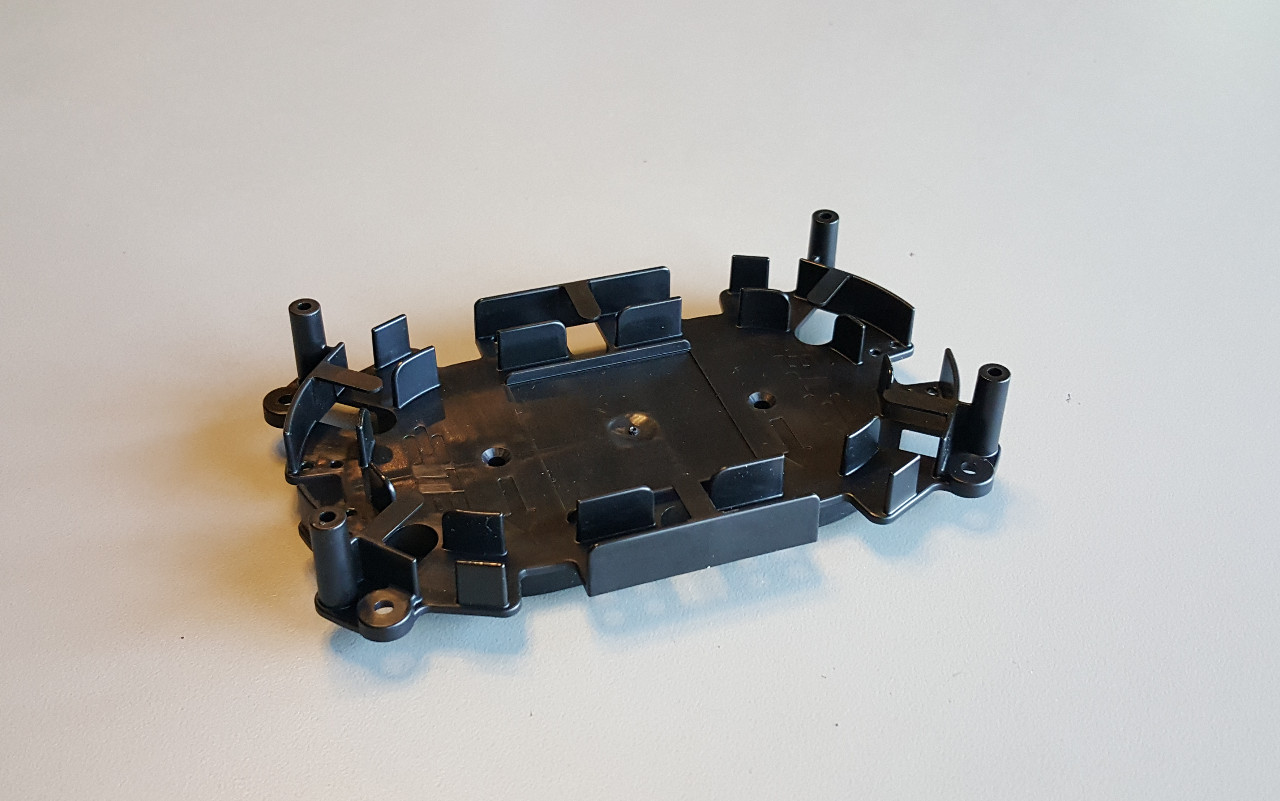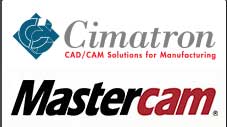What are the main benefits of plastic injection molding?
The most cost-effective way to manufacture is by using injection molding. Other factors include the durability of plastic parts, client and customer satisfaction, part tolerances, and overall labor cost.
Plastic injection molding has become one of the most common forms of manufacturing. Injection molding is a cost-effective way to produce products for engineers and manufacturers from all industries.
The cost effectiveness of a product is not limited to initial material and machining costs. This claim is influenced by many factors, including the durability and longevity of plastic parts, client and customer satisfaction, tolerances, and labor costs. Learn more about the 7 top benefits of working with a contract injection molding manufacturer.
1. Design Versatility
Injection molding is suitable for a variety of projects. Injection molding allows engineers and manufacturers to create a wide range of parts, from simple components to complex parts with intricate geometry.
The high-detail molded components are possible because of the liquid nature of heated thermoplastics, and the pressure that is applied to the resins. It can be expensive and difficult to produce parts with the same level of complexity and detail using other manufacturing methods.
2. Fast Part Production
You can start producing parts once the “tool” or mold is finished. Injection molding can produce parts in as little as 15-30 second. A multi-cavity mold can also produce multiple parts simultaneously, or family molds are able to produce two parts at once, such as the top and bottom part of an enclosure.
The majority of injection molding machines are automated. The machines are programmed to use the optimal pressure and cooling time for each tool. Injection molding is now a repeatable, consistent and streamlined process. You have machines designed to save you time, steel tools with long-lasting durability that allow for maximum production runs, and a process that is faster than any other manufacturing method. Injection molding is a process that saves both money and time.
3. Enhanced Durability and Flexibility
You can choose from a wide range of standard and customized resins for your injection-molded components. You can make parts that are stronger and more flexible based on your product’s needs. The resin mixture contains fillers that allow parts to be more durable while being lighter in weight.
There are virtually endless options when it comes thermoplastics used for injection molding. The resins are more or less sensitive to temperature, chemicals and environmental factors.
Injection molding is a great way to customize your products. It allows for highly customizable units. This also allows for parts to last longer and in harsh conditions.
4. Multiple Resin Materials
You can use different resins at the same time when you choose injection molding. Co-injection is the method used to achieve this. This is a three-step process. Injecting resin into the mold first creates the outer skin, or laminate. The core of the mold is then filled with another resin. The outer resin or “skin”, is then injected into the mold to completely encapsulate it.
The idea is to use re-grinded or reprocessed material as the core of the part, and then cover it with new resin. You get the same strength and excellent appearance. Why? Two main reasons. Injection molding produces little waste. Repurposed plastic (also known as “regrind”) is used, which is more environmentally friendly. Second, the cost of parts is reduced because the reprocessed resin costs less than the virgin resin.
5. Automated Manufacturing Process
Injection molding can be a highly automated process. A single operator can operate multiple machines. It also means that the cost of labor is lower. While humans are still present to assist and run the process, robots and computers handle the majority of the work. Today’s computer-aided design (CAD), and computer-aided manufacturing software (CAM), can maintain higher accuracy and tighter tolerances.
6. The Aesthetics of Different Cultures
It is also possible to use different materials to create the same part. The result will be different aesthetics. Plastics with a high-shine finish and those with a rough texture are both available. The desired finish can be applied to the mold. When deciding on the finish of a part, consider whether it will be necessary to paint the part. While some thermoplastics lend themselves to painting, others come in multiple colors and don’t require painting at all.
7. Combining Benefits
Injection molded parts require minimal additional work, such as de-burring and other finishing techniques, compared to other manufacturing methods. The initial cost of the molding dies and design will be offset by savings from longer or recurring production runs. You can make multiple copies of the same part instead of having to create thousands of identical parts. Injection molding is typically faster and cheaper for many manufacturing projects.


